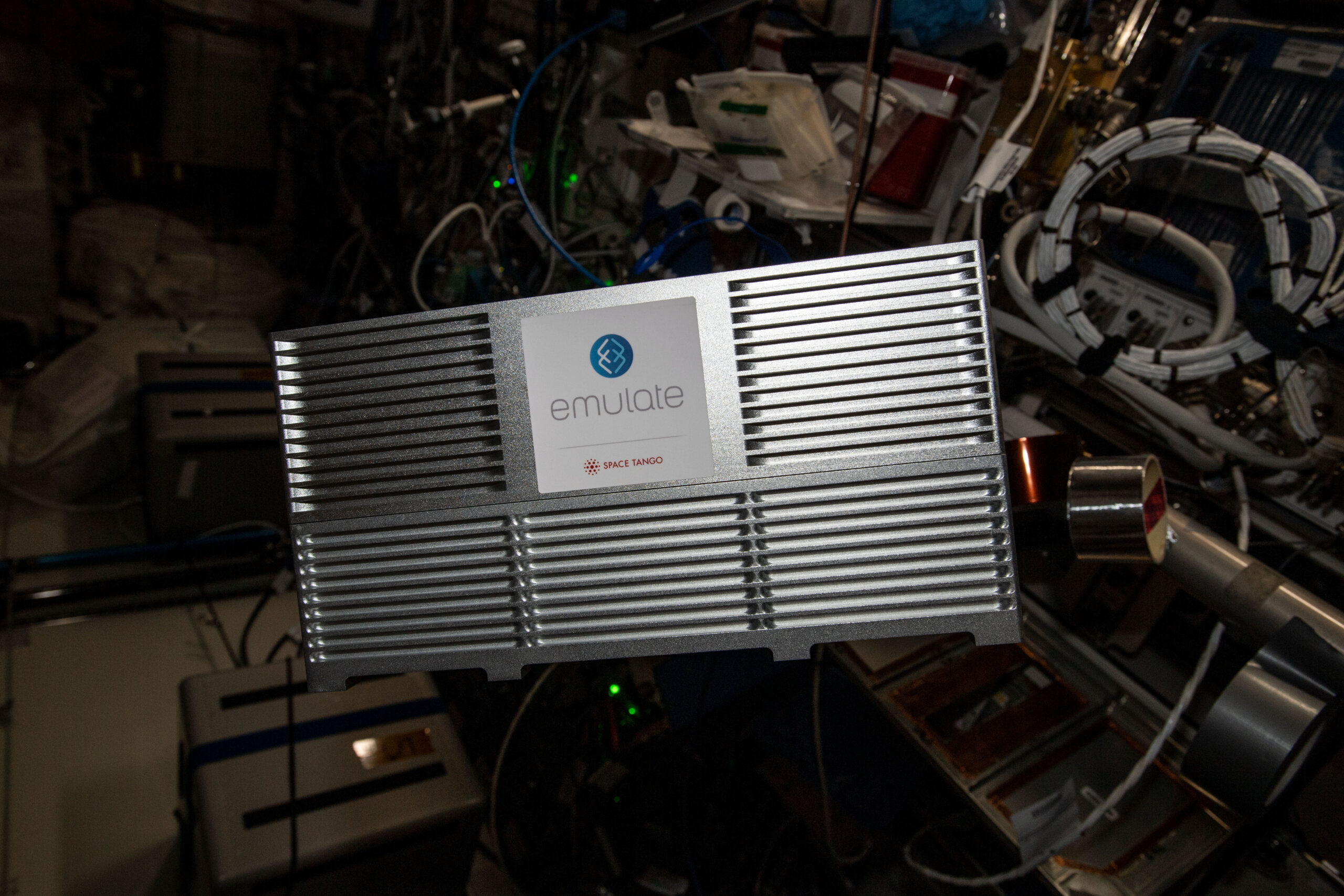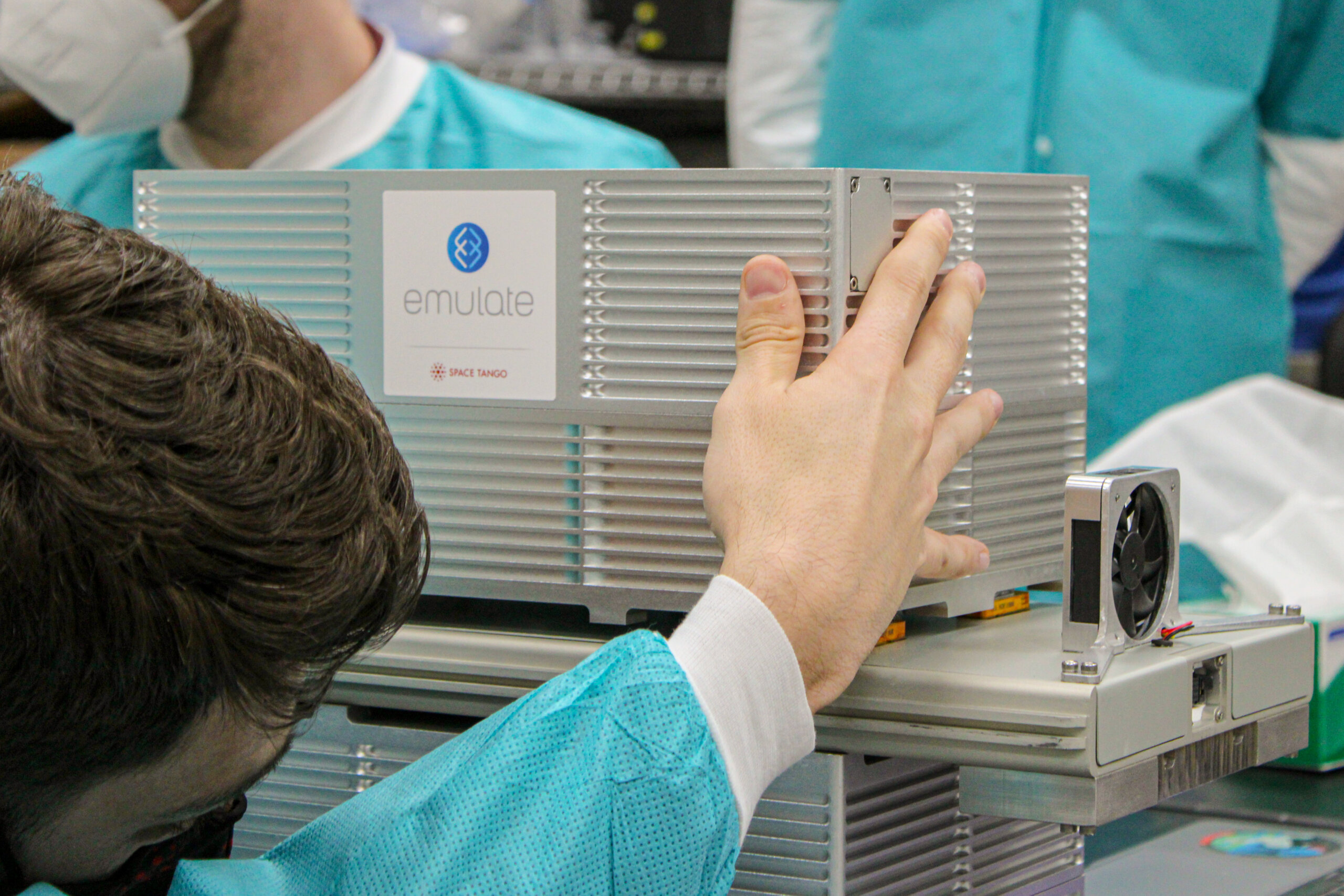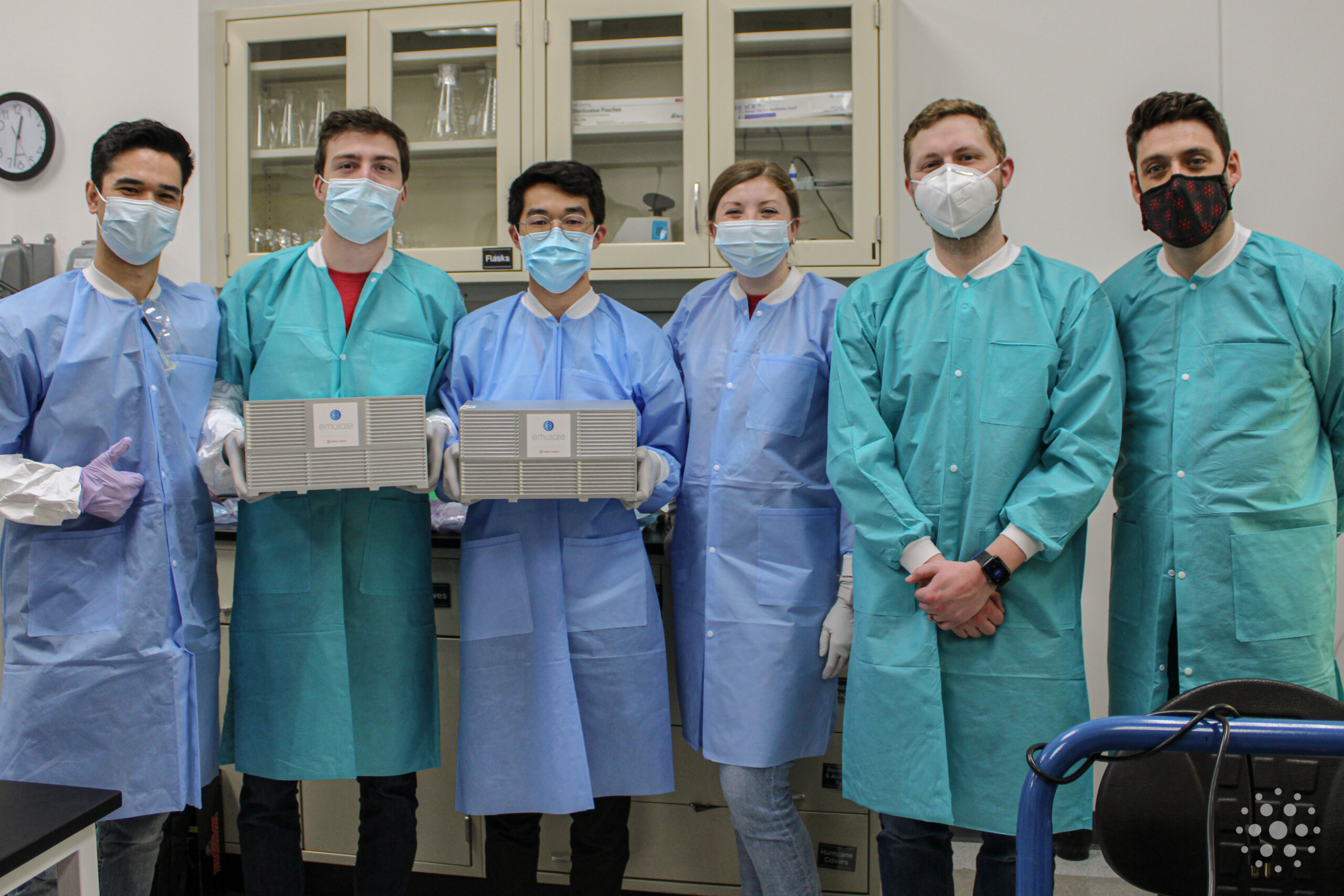
We use cookies to ensure that we give you the best experience on our website. If you continue to use this site we will assume that you are happy with it.
Ok ✕
SpaceX CRS-24 Mission Update | Scroll to the bottom for fast facts!
After the return and post-flight analysis of a SpaceX CRS-24 CubeLab investigation, conducted in partnership with EmulateBio (Emulate), Space Tango confirmed the first successful commercial operation and retrieval of their three-axis fluorescence microscope used on the International Space Station (ISS). The TangoScope was one of several subsystems required to observe Emulate’s Brain-Chip that hosts living human cells in micro-engineered environments to recreate organ-level function for studies in microgravity.
The data from this investigation may provide insight into the relationship between inflammation and brain function and a better understanding of neurodegenerative diseases such as Alzheimer’s and Parkinson’s. Space Tango and Emulate, an NIH/NCATS-sponsored partnership, launched their first investigation in December 2018 on SpaceX CRS-16. Over the course of four missions, Space Tango continued to iterate CubeLab capabilities for Emulate’s Organs-On-Chips and other life science applications.
“Our developments in imaging, thermal control, fluid routing and delivery; and overarching software and electrical controls are foundational,” said Space Tango Systems Engineer Isabel Moore. “SpaceX CRS-24, like every mission, iterates our practices and subsystem designs further allowing us to implement these innovations in future life science CubeLabs.”

In support of Emulate’s SpaceX CRS-24 mission, Space Tango revisited hardware from previous flights and implemented the combined findings to enhance technology readiness.
Organs-On-Chips as a Platform for Studying Effects of Microgravity on Human Physiology analyzed the effect of microgravity and other space-related stressors on the brain-blood barrier using Brain-Chips.
Two CubeLabs, each capable of hosting six tissue chips or microfluidic devices, were equipped with thermal management systems, a macro camera for observation and imaging, and fluid routing systems to transport media to Emulate’s Brain-Chips. These systems support the viability of the live human cells placed within the Brain-Chip or similar tissue chip platform.
With a successfully operating TangoScope, Space Tango downlinked images and videos in near-real time of the science allowing the mission operations team and Emulate to make initial observations throughout the approximate 30-day stay on the ISS.


Welcome Home!
The SpaceX CRS-24 Dragon cargo ship splashed down on January 24th in the Gulf of Mexico off the coast of Florida returning Emulate’s investigation back to Earth.
The CubeLab was returned to Space Tango at the Kennedy Space Center Space Station Processing Facility where team members greeted the CubeLab and removed the Brain-Chips. Following this de-integration process, the Brain-Chips were returned to EmulateBio for further analysis.
What science requirements guide the selection of science interface systems?
One of the big advantages of tissue chips on Earth is their small size and high throughput capabilities. This results in very small liquid volumes. However, in microgravity, this feature becomes something that needs to be designed around. Bubble mitigation in microgravity is difficult as they do not go to a known location due to buoyancy being eliminated.
How was the science loaded? Who loads the science? What did the integration process look like?
Carefully! When loading any type of cell biology, sterility is key. When involving spaceflight it’s even more so due to the constraints of both the science and the mission you will only find out if something is contaminated after launch. Space Tango and Emulate employees worked in tandem in the biosafety hood to ensure proper loading, sterility, and record keeping.
What equipment is used to get to microgravity? How is the science kept alive? describe the facilities used (PAUL, TangoLab, CMC/ Cold Stow, etc.)
The viability of the science is maintained through several different facilities and subsystems. Ultimately this is accomplished by the Tissue Chip CubeLab design working in tandem with our PAUL facility. This allows for continuous power and monitoring of the experiment from loading all the way to the launch pad, launch, and installation on the ISS.
What did the deintegration process look like?
Careful but faster! While similar to the assembly process samples need to be removed as quickly as possible to maintain the cold temperatures they are held at to preserve their viability.